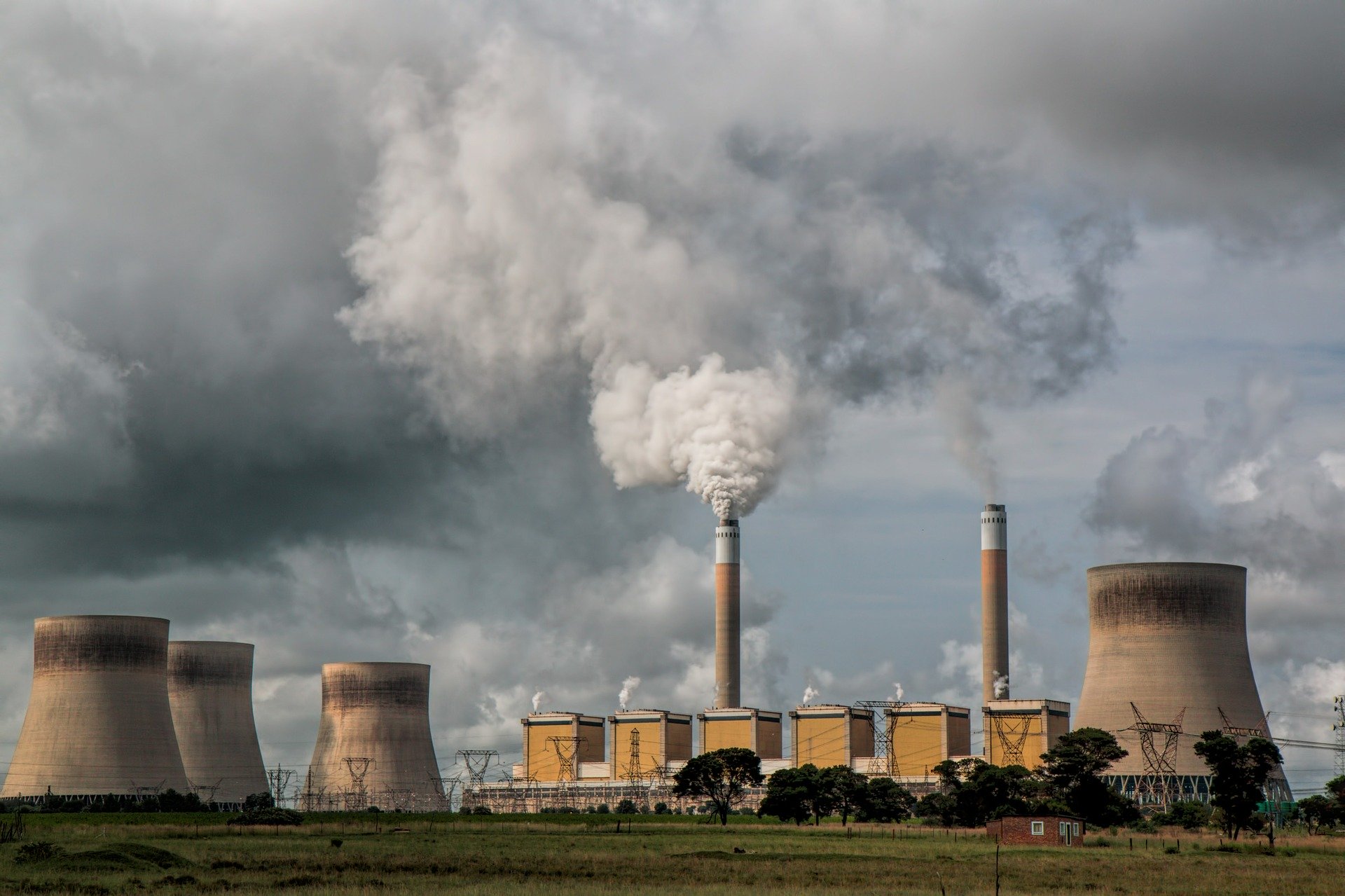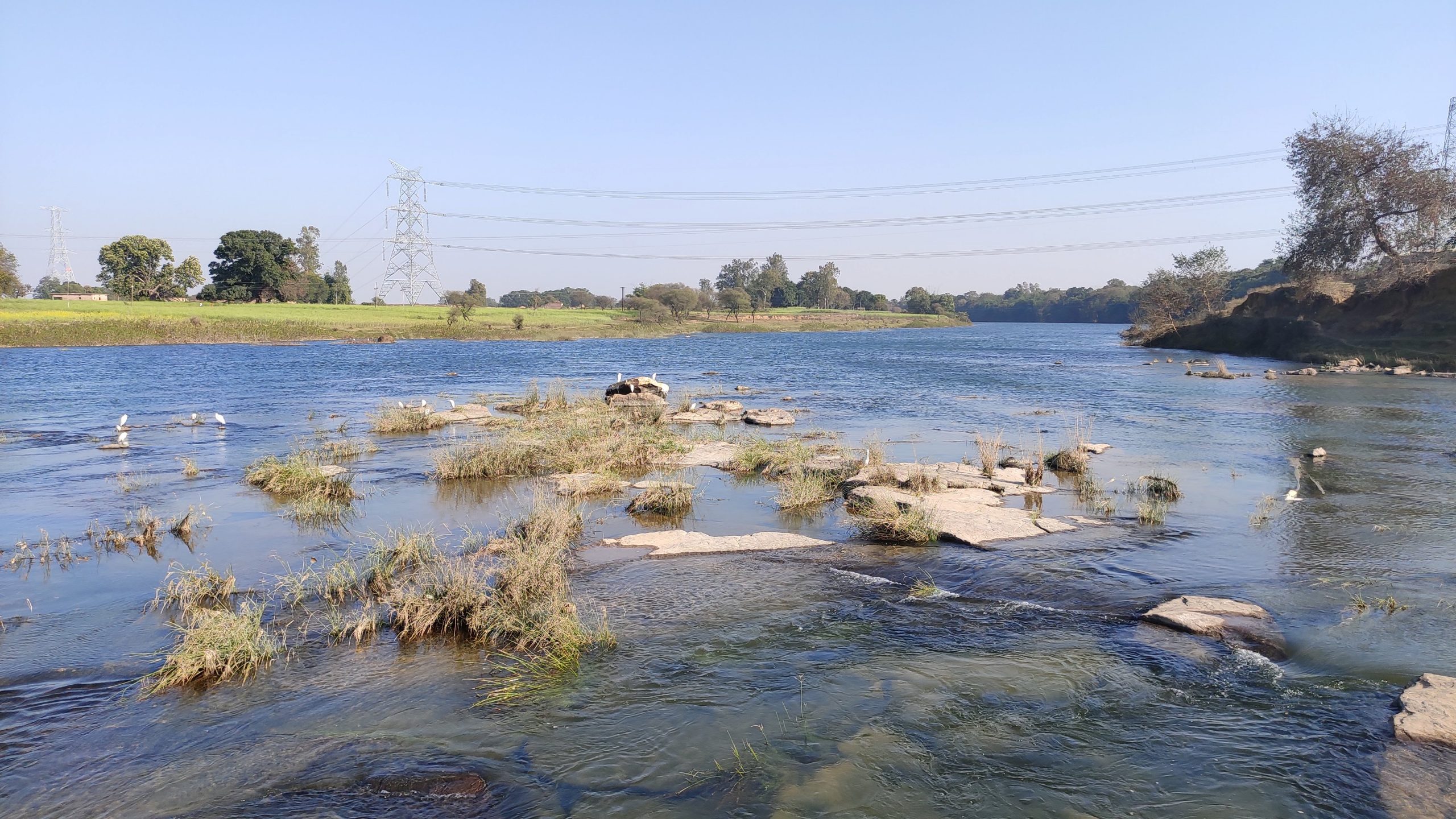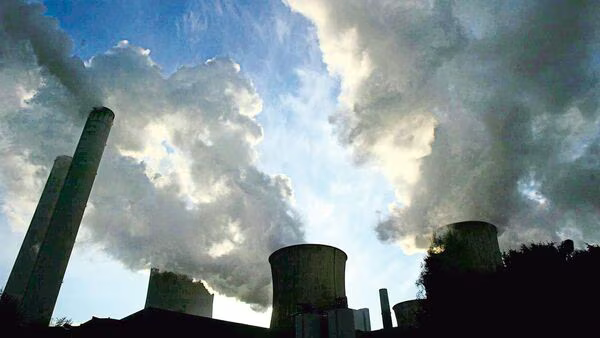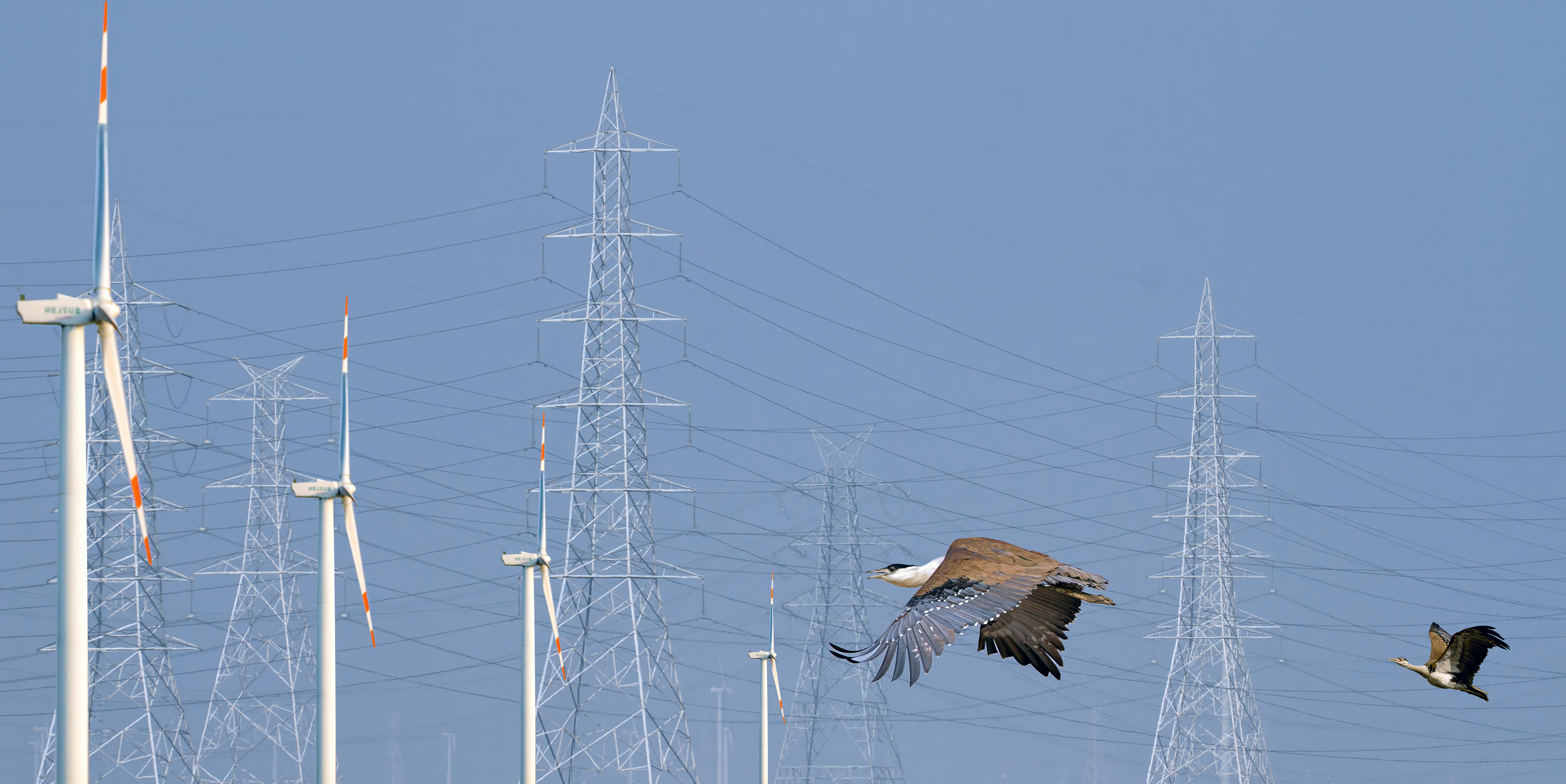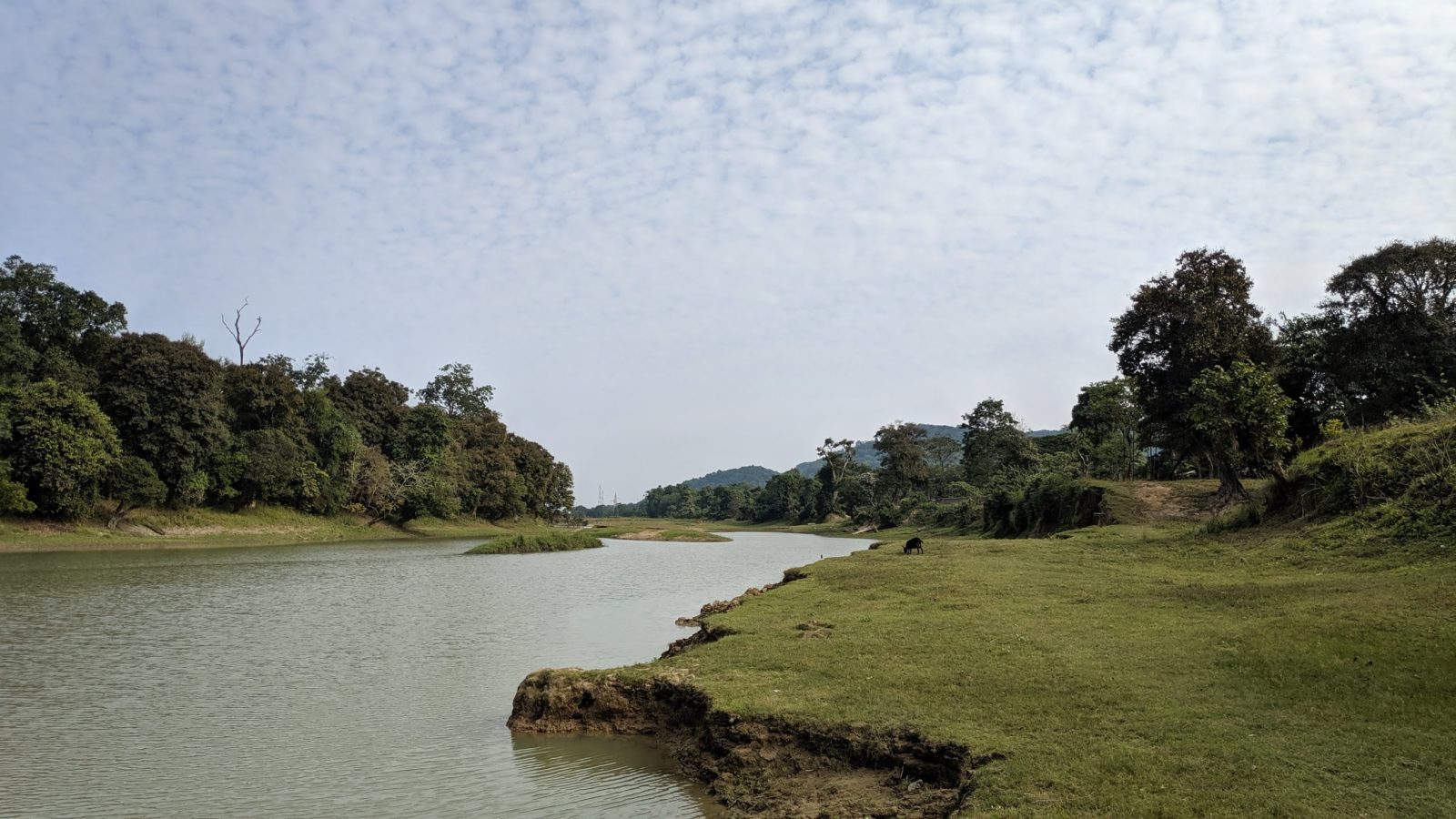
Can the Environmental Rule of Law Give Us a Cleaner Environment?
Balancing economic revival and environmental protection in a post-pandemic world
On the 50th anniversary of Earth Day, India is experiencing a rare improvement in air quality across its cities, the result of an unprecedented halt of economic activities during the Covid-19 pandemic. The Central Pollution Control Board reports in its Air Quality Index bulletin that the air quality in 78% of cities was in the ‘Good’ and ‘Satisfactory’ during the lockdown, in contrast to the 44% reported during the pre-lockdown phase. This is worth celebrating, of course, but the real challenge will be to maintain these levels when industry resumes operation, especially in a climate where the imperative to stimulate economic recovery is likely to loosen the regulatory reins.
As environmental lawyers, we ask ourselves what the role of the law is at a time like this, and what factors should guide its implementation. How should the law account for the fact that this pandemic is ultimately the product of human disregard for the natural environment? How should it factor in the need to lift the economy out of the deep shock that it has sustained?
We suggest that the concept of the environmental rule of law might provide the key to these answers.
What does the environmental rule of law mean?
In 2017, the United Nations Environment Programme (UNEP) published its first global report on the environmental rule of law. The report states that:
‘[e]nvironmental rule of law holds all entities equally accountable to publicly promulgated, independently adjudicated laws that are consistent with international norms and standards for sustaining the planet.
The report conceptualises the environmental rule of law by combining what it identifies as three critical components of the rule of law with seven distinguishing characteristics furnished by the unique context of the environment.
|
Components of the Rule of Law |
Characteristics of the Environmental Rule of Law |
| Law should be consistent with fundamental rights | Critical to human health and welfare |
| Law should be inclusively developed and fairly effectuated | Multi-dimensional |
| Shaped by natural resource dynamics | Shaped by natural resource dynamics |
| Requires ethical duties towards non-human species and resources | |
| Integrally linked to public involvement | |
| Contends with uncommon timescales | |
| Depends on decision-making in the face of scientific uncertainty |
Potential challenges in complying with the environmental rule of law
The UNEP report also highlights the implementation gap between environmental laws and policies on paper and their operation on the ground. It states that the ultimate goal of the environmental rule of law is to:
‘change behaviour onto a course toward sustainability by creating an expectation of compliance with environmental law.’
We argue that the seven distinguishing characteristics of the environmental rule of law pose some key challenges to this ultimate goal:
• its multi-dimensional nature makes accountability difficult, especially across many layers of governance
• duties towards non-human species and resources may limit fundamental rights to carry out an occupation, trade or business
• uncommon timescales make it harder to ensure that laws are inclusively developed to take into account the needs of future generations
• taking decisions in the face of scientific uncertainty is in tension with fair implementation, because decisions may have to be revised frequently
These challenges will vary in kind and degree across different countries. As India begins to take steps towards normalcy, our ability to guarantee a healthy environment alongside a healthy economy will depend on the even-handedness of our implementation of environmental laws. The UN report is a useful tool to assess how India is faring on this count.
Vidhi’s research on India and the environmental rule of law
The Indian judiciary plays an outsize role in the implementation of environmental law. This is why Vidhi is studying the environmental rule of law using the Indian Supreme Court’s judgments, directions and orders between 1980 to the present as its focus of research. In particular, we want to probe the mechanisms that the court uses to monitor the implementation of its judgments:
• Does the court appoint monitoring committees? If yes, does it allow for the involvement of affected persons?
• How does the court rely on expert evidence?
• What kind of action does the court take when faced with non-compliance of its directions?
We expect this analysis to provide insights into the consistency of the court’s approach to implementation, as well as the factors that play a role in facilitating or impeding it on the ground. While environmental legal scholars have already identified some of these factors – lack of political will, shortcomings in the capacity of implementing agencies, insufficient coordination – we will also ask how the nature of the case and the court’s directions influence implementation. For instance, has the court:
• ordered the framing of a new policy?
• completely or partially halted environmentally degrading activities?
• directed environmental restoration or compensation?
We will also assess the strength of the court’s reasoning, the transparency of its functioning, and the timeliness of its remedies. These are all essential components of the rule of law which requires sound laws, easy access to justice, and clear interpretive criteria.
Our research has a two-fold aim. One, to provide strategic legal guidance to courts, law-makers and environmental litigants on using their powers effectively on plugging the implementation gap. Second, to conceptualise a framework that operationalises and periodically reviews the environmental rule of law in India. This complements our larger research agenda on monitoring the implementation gap in India, whether this is through a closer review of the environmental clearance process or through the tracking of the Environmental Relief Fund or our documentary following the implementation of landmark environmental cases.
Views are personal.


